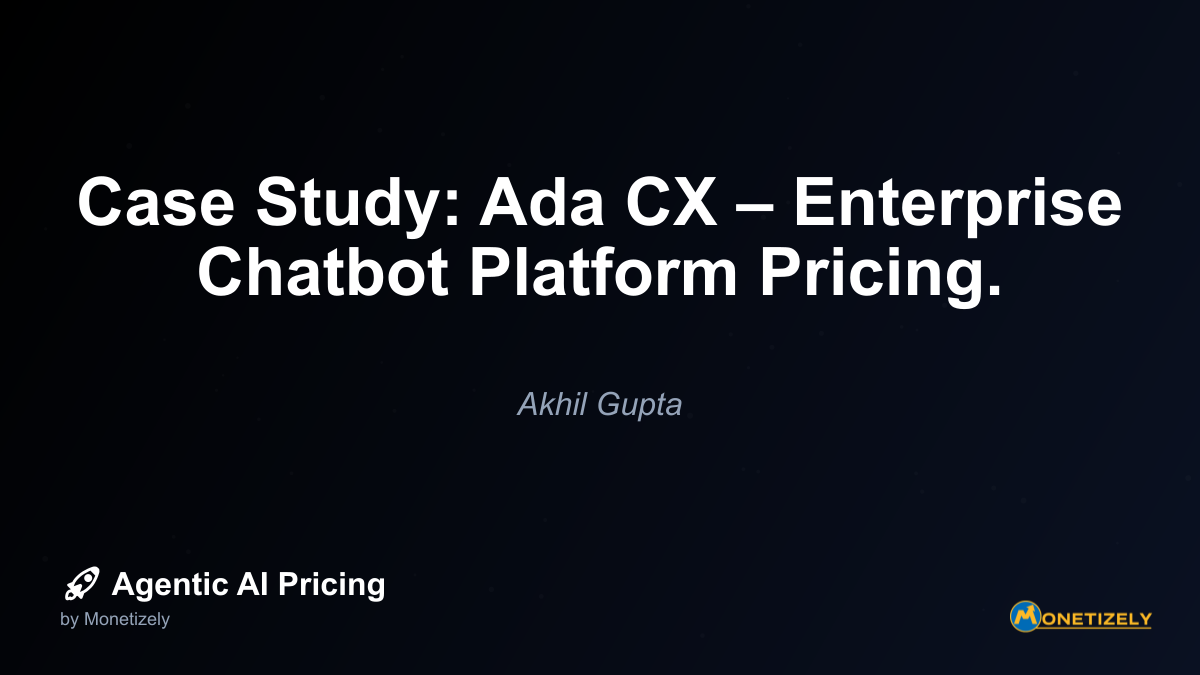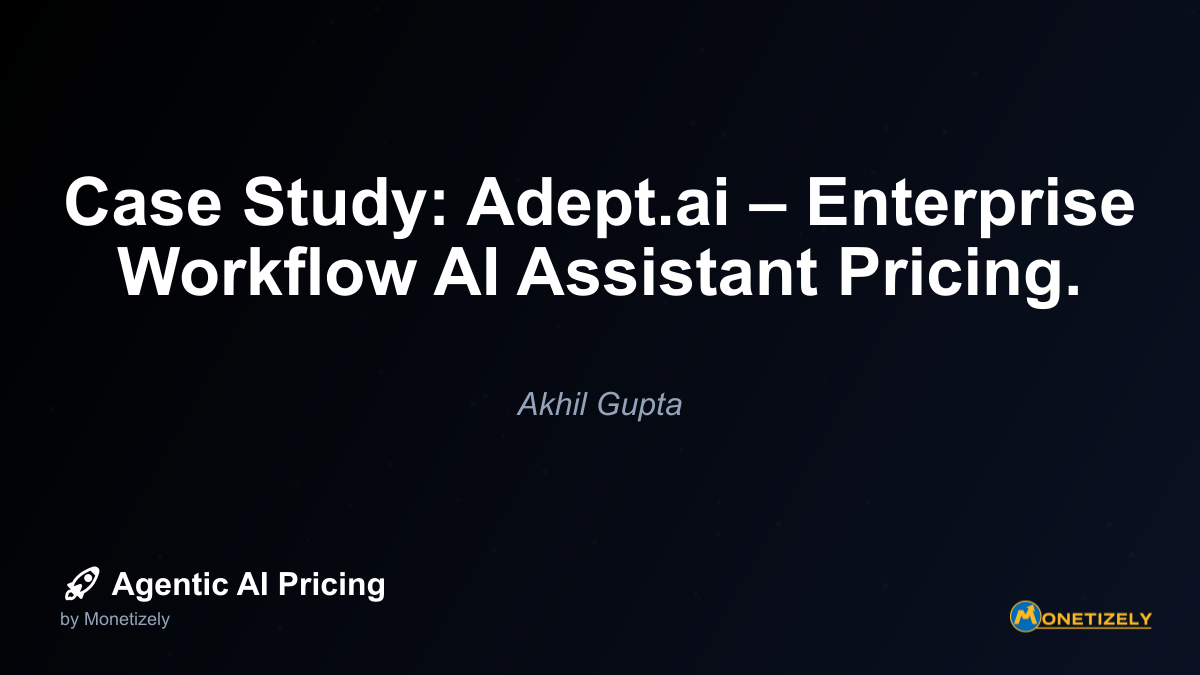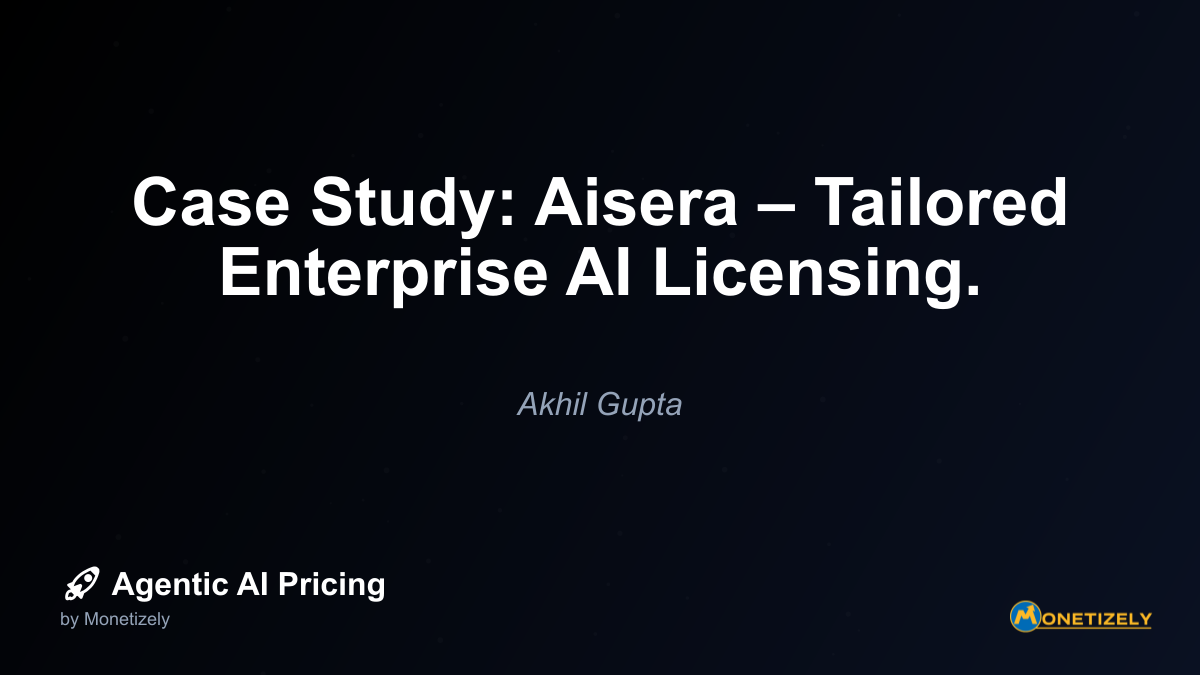· Akhil Gupta · Case Studies · 3 min read
Case Study: Zapier with AI – Task-Based Pricing Meets AI Automation.
AI and SaaS Pricing Masterclass
Learn the art of strategic pricing directly from industry experts. Our comprehensive course provides frameworks and methodologies for optimizing your pricing strategy in the evolving AI landscape. Earn a professional certification that can be imported directly to your LinkedIn profile.

Implications for the Future of AI Pricing in SaaS
As Zapier continues to evolve its AI capabilities, their pricing strategy may also evolve. However, their current approach provides a valuable case study in how established SaaS companies can incorporate AI features without disrupting successful pricing models.
Looking ahead, several trends may influence how Zapier and similar companies approach AI pricing:
1. AI-Specific Value Metrics
As AI features become more central to product value, companies may need to develop AI-specific value metrics that better capture the unique benefits these capabilities provide. For now, Zapier has determined that task count remains sufficient, but this could change as AI capabilities expand.
2. Tiered AI Functionality
Rather than making all AI capabilities universally available, companies may increasingly differentiate AI features across pricing tiers. Basic AI functions might be available at lower tiers, while more sophisticated capabilities are reserved for premium plans.
3. Hybrid Pricing Models
Some companies may adopt hybrid pricing models that combine established metrics (like Zapier’s task count) with AI-specific measurements. This could create more precise value capture while maintaining continuity with existing pricing structures.
How Other Companies Can Apply Zapier’s Pricing Lessons
For companies looking to integrate AI into existing products without disrupting their pricing strategy, Zapier’s approach offers a valuable template:
Evaluate your current value metric: Does your existing pricing metric still capture value appropriately when AI features are added? If yes, consider maintaining that metric rather than creating a separate AI pricing dimension.
Consider bundling AI features: Rather than charging separately for AI capabilities, consider bundling them within existing tiers to drive adoption and potentially increase usage of your primary value metric.
Look for natural expansion paths: How might AI features drive increased consumption of your core value metric? Design your AI capabilities to naturally push users toward higher pricing tiers.
Maintain pricing simplicity: Resist the temptation to create complex AI-specific pricing structures if your existing model can accommodate these new features.
For SaaS companies specifically, task-based pricing models like Zapier’s offer particular advantages when incorporating AI. They provide a clear connection between value delivered and price paid, while creating natural upgrade paths as AI makes the product more valuable and easier to use.
Conclusion: Zapier’s Balanced Approach to AI Monetization
Zapier’s integration of AI capabilities within its established task-based pricing framework offers a masterclass in balanced AI monetization. Rather than treating AI as a separate value proposition requiring its own pricing structure, Zapier positioned these capabilities as enhancers of their core value—enabling more effortless automation.
This approach offers several advantages:
- Pricing continuity: Maintaining the familiar task-based model reduces friction for existing customers
- Adoption focus: Bundling AI within existing tiers prioritizes widespread adoption over immediate AI-specific revenue
- Indirect value capture: As AI features drive increased task consumption, Zapier captures value through their established pricing mechanism
- Market expansion: By lowering the technical barrier to creating automations, AI features potentially expand Zapier’s addressable market
For companies adding AI to existing products, Zapier’s strategy demonstrates that successful AI monetization doesn’t necessarily require reinventing your pricing model. When AI enhances your core value proposition rather than fundamentally changing it, maintaining pricing continuity while leveraging indirect monetization paths may prove more effective than creating separate AI-specific pricing structures.
As the SaaS industry continues to incorporate AI capabilities, Zapier’s thoughtful approach to pricing these features provides valuable lessons in balancing innovation with pricing stability—proving that even in the AI era, pricing fundamentals still apply.
Co-Founder & COO
Akhil is an Engineering leader with over 16+ years of experience in building, managing and scaling web-scale, high throughput enterprise applications and teams. He has worked with and led technology teams at FabAlley, BuildSupply and Healthians. He is a graduate from Delhi College of Engineering and UC Berkeley certified CTO.
Pricing Strategy Audit
Let our experts analyze your current pricing strategy and identify opportunities for improvement. Our data-driven assessment will help you unlock untapped revenue potential and optimize your AI pricing approach.




